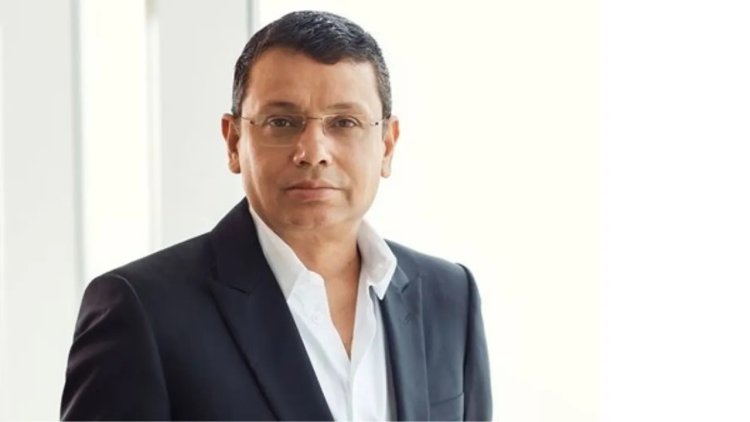Uday Shankar: TV’s Resilience and the Need for Monetization Innovation
Uday Shankar discusses TV’s enduring relevance, India’s diverse audience, and JioStar’s vision for innovative monetization models that bridge tradition and technology.

Uday Shankar, Vice Chair of JioStar, the entity formed after the merger of Disney India and Reliance, shared his insights on the future of media and streaming in an interview with Bloomberg News. Highlighting the potential of streaming platforms to reach a broader audience in India, he stated, “India is far more than its top 100 million people.”
Shankar emphasized the need to diversify monetisation models, criticizing the industry for its reliance on traditional approaches like subscriptions and video advertisements. He noted, “Media companies in India and globally have been lazy in innovating monetisation models.” Instead, he advocated for leveraging technology-driven innovations to tap into new revenue streams, though he refrained from divulging specific strategies JioStar plans to implement.
One of the highlights of the conversation was Shankar’s take on the resilience of television in India. While streaming platforms have gained traction, he argued that TV remains far from obsolete. “I don’t believe television is dead in India. It still has strong legs and a fair distance to run,” Shankar said, countering the notion that streaming has completely overshadowed traditional television.
JioStar, which operates over 100 TV channels, plans to sustain and grow its television offerings while also preparing for the connected TV revolution. Shankar hinted at future services that could seamlessly bridge the gap between fixed television sets and newer screen technologies, ensuring the company stays relevant across platforms.
Acknowledging India’s diverse market, Shankar criticized the tendency to treat the country as a monolithic entity. “There are many Indias within India,” he said, emphasizing the need for content and platforms that cater to these varied demographics. He believes that understanding these nuances is key to unlocking the full potential of the Indian media market.
On the topic of premium subscription models, Shankar clarified that JioStar’s vision is not confined to serving the elite audience. Instead, the company aims to create solutions that reach every corner of the country, making content accessible to a wider audience.
Shankar also expressed optimism about the connected TV revolution, which is steadily gaining ground in India. He concluded by saying, “As and when people want to look at screens beyond fixed television sets, we will always be there.”
By balancing innovation with tradition, JioStar aims to redefine the Indian media landscape, ensuring both television and streaming coexist to serve a broader audience.

 Deepanjali
Deepanjali 










